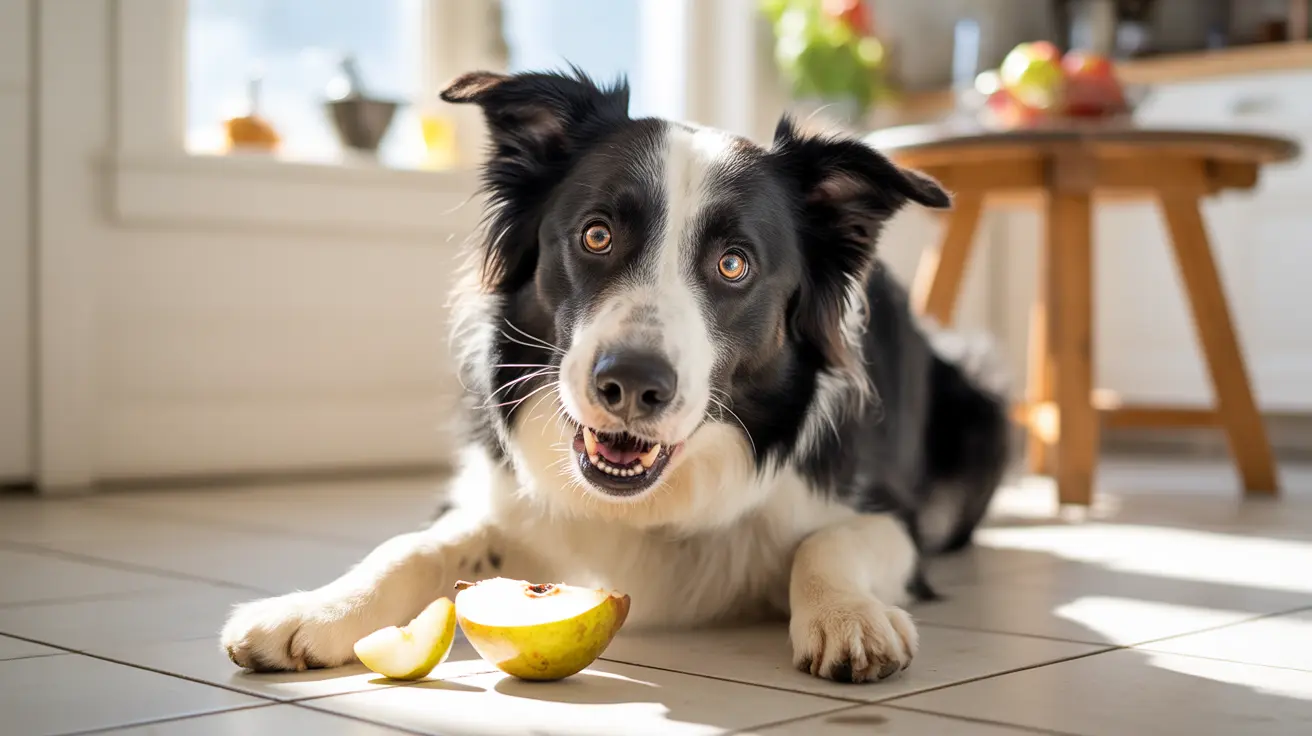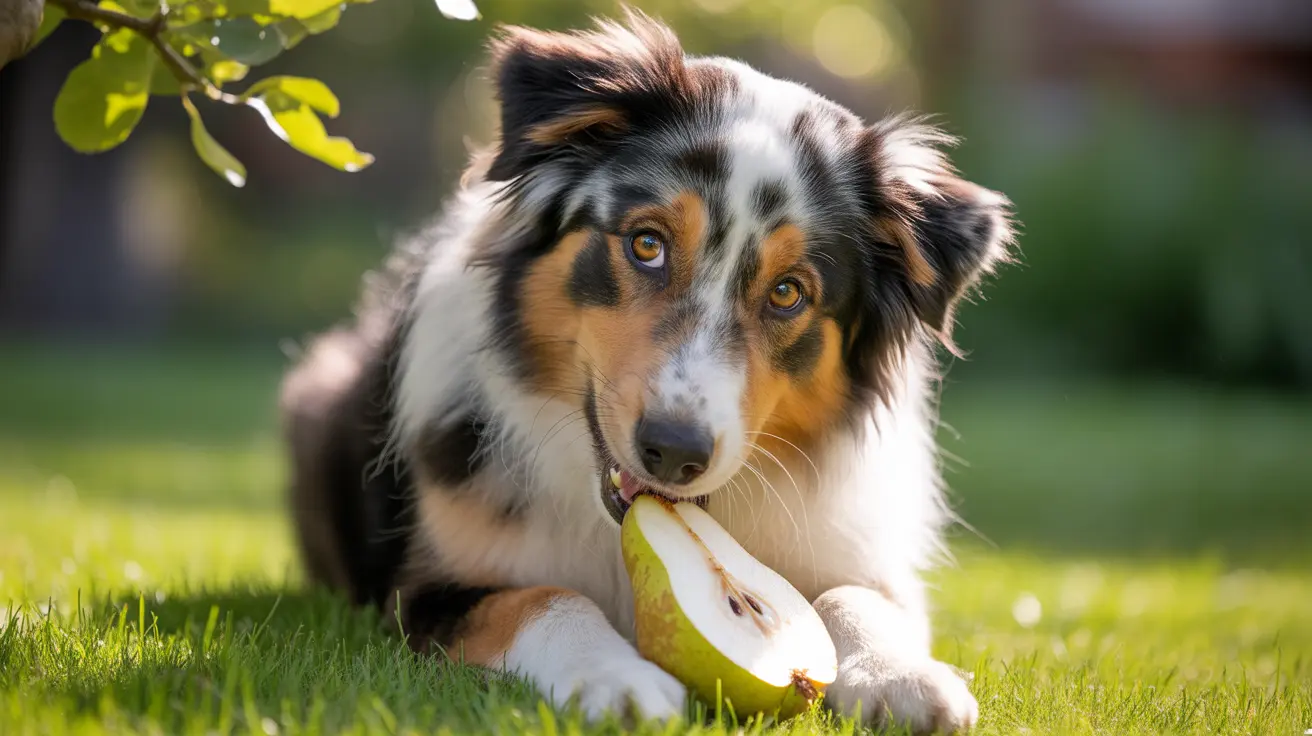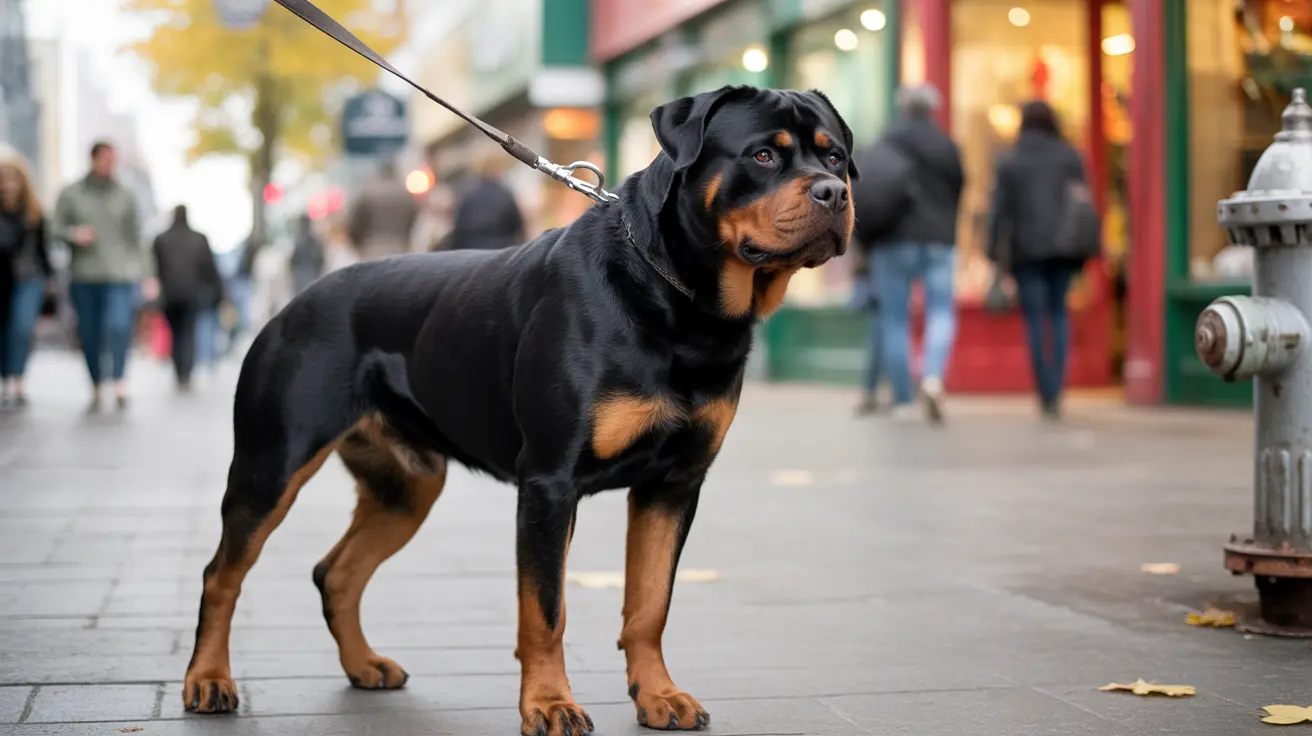Have you ever watched your dog mysteriously push their food around with their nose instead of eating it right away? This common canine behavior often leaves pet owners wondering about its significance. From ancestral instincts to practical reasons, there are several fascinating explanations for why dogs engage in this peculiar mealtime ritual.
The Ancestral Connection: Wild Instincts at Play
Your domestic dog's tendency to push food with their nose actually stems from their wild ancestors. Wolves and wild dogs would often cache or hide their food to protect it from other predators and save it for leaner times. Even though your pet dog has a reliable food source, this ancestral programming remains deeply embedded in their DNA.
- Pushing food to different areas of the bowl
- Attempting to "bury" food even on hard surfaces
- Moving food to a preferred eating spot
- Creating food caches in various locations around the house
Investigating Their Meals: The Power of Scent
Dogs possess an extraordinary sense of smell that's estimated to be 10,000 to 100,000 times more powerful than humans. When they push their food around with their nose, they're often conducting a thorough olfactory investigation of their meal, especially if there's been a change in their food or if something seems different about it.
- Assess the temperature of their food
- Identify all ingredients and components
- Determine freshness and safety
- Connect with their natural foraging instincts
Physical and Environmental Factors
Bowl-Related Issues
Sometimes, the simple explanation for food pushing involves the feeding setup itself. Dogs may push their food because:
- The bowl is too deep or narrow
- The bowl moves around while they're trying to eat
- Metal bowls create uncomfortable reflections or sounds
- The feeding location feels unsafe or uncomfortable
Health Considerations
In some cases, food pushing might indicate underlying health issues:
- Dental problems making it difficult to pick up food
- Neck or back pain affecting eating posture
- Vision problems requiring closer investigation of food
- General illness affecting appetite and eating behavior
Training and Behavioral Solutions
If your dog's food pushing behavior becomes problematic, consider these solutions:
- Use non-slip mats under food bowls
- Provide wider, shallower bowls
- Establish consistent feeding times and routines
- Avoid reinforcing the behavior with attention
- Consider puzzle feeders to redirect natural foraging instincts
Frequently Asked Questions
Why do dogs push their food with their nose before eating?
Dogs push their food with their nose for various reasons, including instinctive food-caching behavior, investigating their meal through smell, or adjusting their food's position for more comfortable eating.
Is my dog pushing food with its nose because of an instinct from wild ancestors?
Yes, this behavior often relates to ancestral instincts where wild canines would hide or cache their food for later consumption, even though domestic dogs no longer need to do this.
Can pushing food with the nose indicate a health problem like dental issues or vision loss?
Yes, sometimes food pushing can signal health concerns, particularly if it's a new behavior. Dental problems, vision issues, or general illness might cause a dog to interact differently with their food.
How can I stop my dog from nudging or playing with its food during meals?
Establish regular feeding times, use appropriate bowls, avoid reinforcing the behavior with attention, and consider removing the food after 20 minutes if not eaten to encourage proper eating habits.
Does the type or placement of the food bowl affect why my dog pushes food around?
Yes, bowl type and placement can significantly impact feeding behavior. Using stable, appropriately sized bowls in a comfortable location can help reduce food pushing behavior.
Understanding why your dog pushes their food with their nose can help you better address their needs and ensure they're comfortable during mealtimes. While usually harmless, any sudden changes in eating behavior should be discussed with your veterinarian to rule out potential health concerns.






